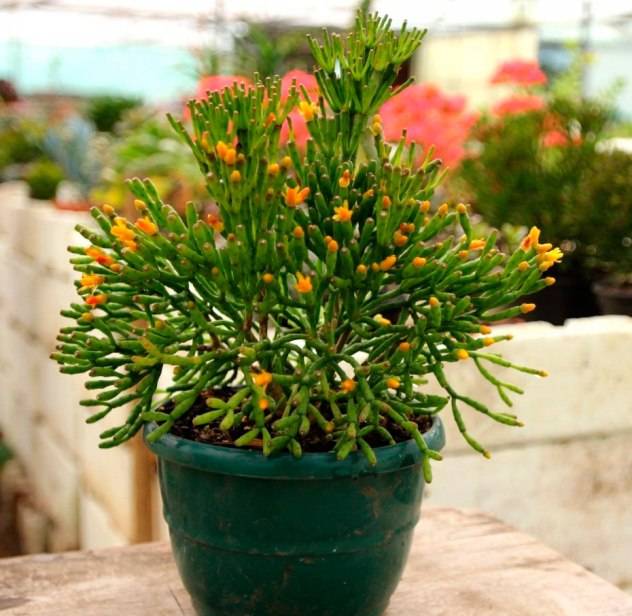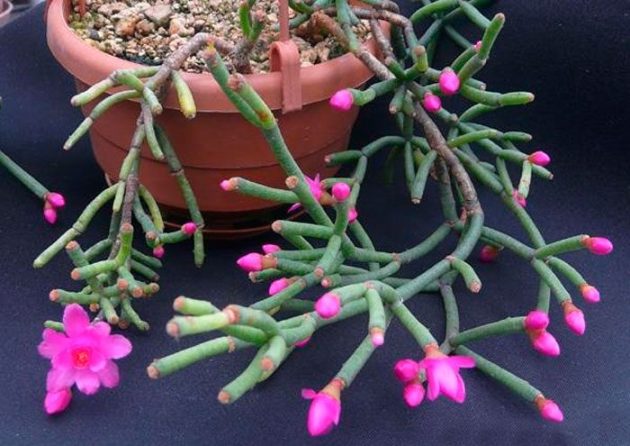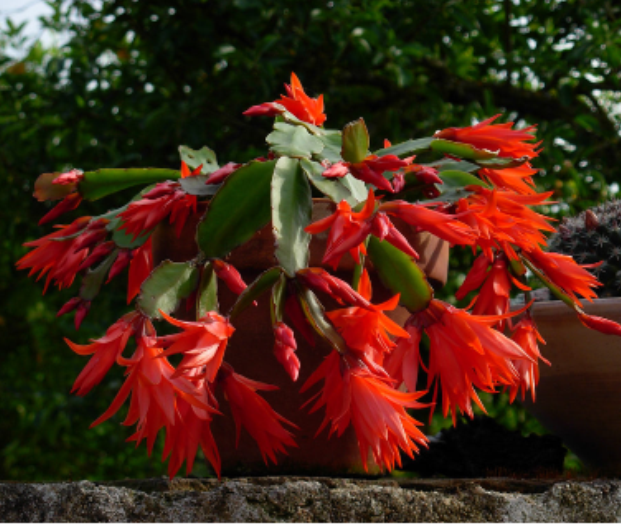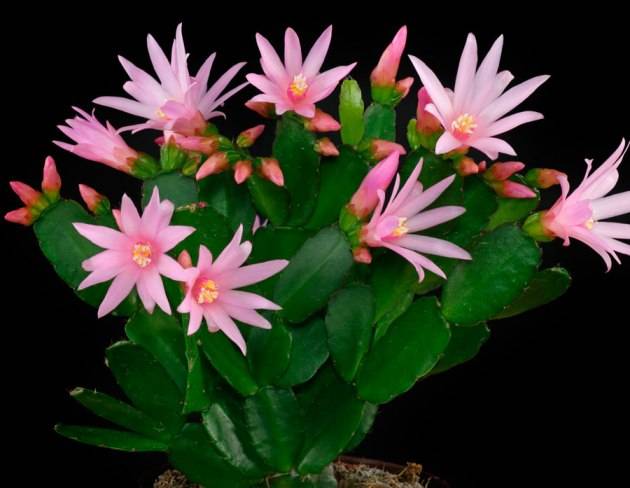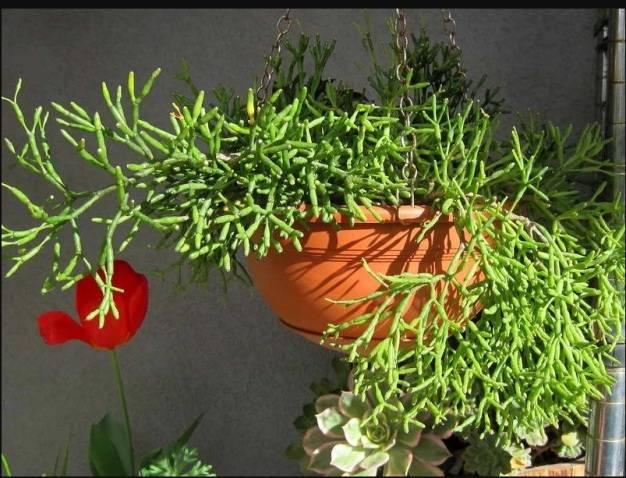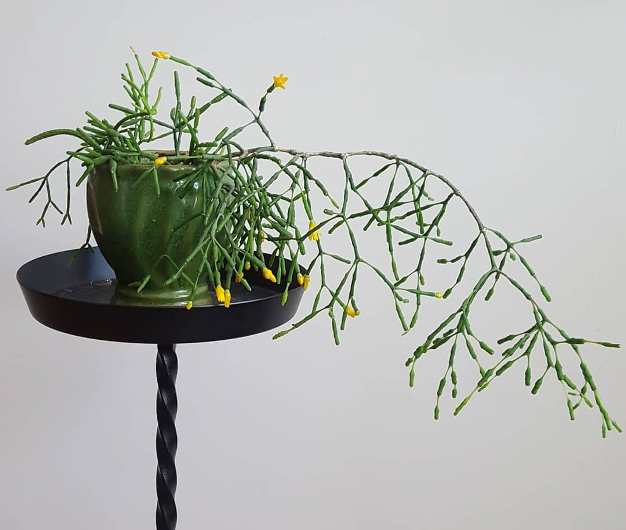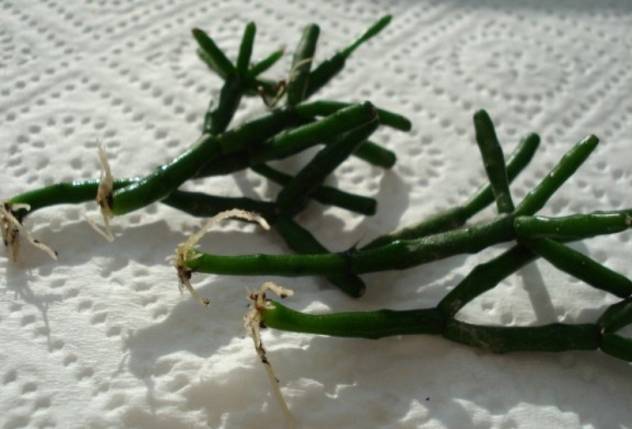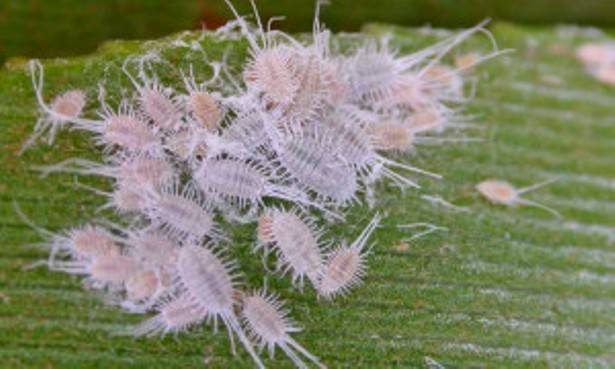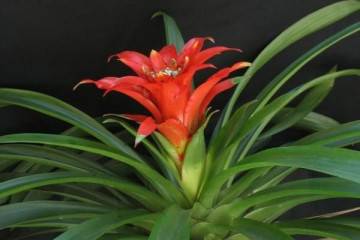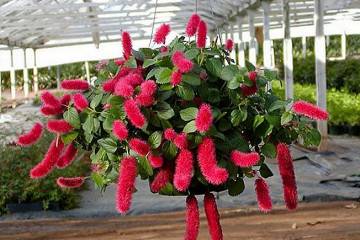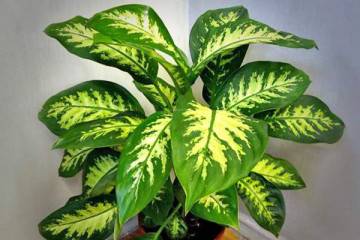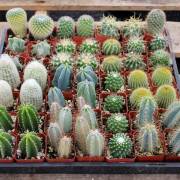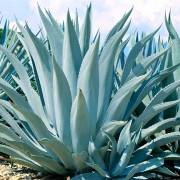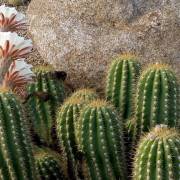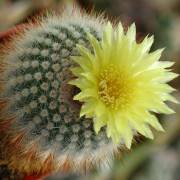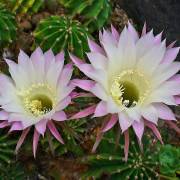Hatiora flower - home care
Content:
The hatiora flower is an original and curious plant. In wildlife conditions, this is a real tree that grows up to 2 meters in height. The plant strengthens and relies on other crops, but receives nutrition and moisture from the environment. However, the home flower of the hathiora looks a little different.
What does hatiora look like, what kind of plant is it?
The plant belongs to the Cactus family, in Latin the name is written as Hatiora. The homeland of the hatiora is the rainforests of Brazil. There are about 10 species in the genus, but only some of them are cultivated at home.
Indoor cactus reaches half a meter in height. The stems grow upward. Each of the shoots is divided into segments of a flat, cylindrical, clavate shape.
Flowers of yellow, pink, red colors adorn the tops of the shoots. The spines typical for the cactus are absent.
Common varieties
The varieties presented below are cultivated at home.
Pink hatiora
It stands out with green ribbed segments with pink streaks. The length of one segment is up to 25 mm. Each knee is endowed with small white roots.
The pink buds open into tubular flowers with a diameter of 4 cm.
Salleros Hatiora (Decembrist)
Erect shoots consist of bright green cylindrical sections. Each knee is 28 mm. The shoots branch out so densely that they need props.
The flowers are bright yellow bells.
Salicornia hatiora
Bushes 50 cm high with hanging shoots, which consist of segments in the form of a club 5 cm in length. As they grow older, the shoots change color and become stiff.
Flowers are yellow bells.
Hatior Gertner
Segments of shoots are deep green, have small notches. Three new tribes appear from each, which, in turn, gives three more. Brushes down.
Red flowers are formed at the tips of the stems or in internodes.
In addition to these species, there are domestic flowers of the Hermine, Greser and some other varieties.
Hatiora - home care
Hatiora is an indoor flower that blooms profusely and reproduces successfully under the growing conditions.
Temperature
The temperature is maintained at 12-14 ° C in winter, 18-25 ° C in spring and summer. The difference between night and day thermometer readings is 5-6 ° C.
In summer, the hatiora is transferred to a balcony, terrace, or garden, where it is set in the shade of trees.
Lighting
Indoor succulent hatiora loves the bright light of the sun. Therefore, it is better to grow in the southern window.
But after lunch, when the sun is at its zenith, the bushes cover from the scorching sun rays.
Watering
The tropical plant loves moisture, but the bushes growing in the house are rarely watered, but only after the upper part of the soil dries out. Excess water in the pan is immediately removed.
Watering is carried out with warm boiled water or settled liquid at room temperature.
Humidity
Succulent hatiors are indifferent to the level of humidity in the room. But when the temperature rises in summer or winter, when the heating devices are turned on, the bushes are sprayed.
This is done carefully so that the spray does not fall on the leaves and soil, as waterlogging leads to fungal diseases.
Priming
The cactus needs light, loose soil that is rich in nutrients. Otherwise, flowering will be scarce and rare. The soil mixture is prepared from several components taken in equal volumes.
At the heart of the soil:
- sod land, which is taken away from highways, enterprises, densely populated areas;
- leafy ground (the best option is linden soil);
- humus garden;
- river sand.
Each ingredient is steamed to prevent fungi, mold, and infections. Watering with a manganese solution is not excluded. The bottom of the pot is covered with a drainage layer. A thoroughly mixed substrate is laid on top.
Top dressing
Top dressing is applied from March to September. The procedure is performed every 2 weeks. Use a complex mineral fertilizer for cacti and succulents. It is bought in a store and used according to the instructions. Fertilizers are applied in the evening after watering.
During the period of shoot formation, emphasis is placed on nitrogen fertilizers. When flowering begins, they switch to potash compounds.
Features of care in winter, dormant period
At the end of September, the cactus enters a dormant phase, which lasts up to 2 months. At this time, the flower is not watered or is rarely done when the soil is very dry. Only the upper part of the soil is moistened. At rest, the cactus is not fed.
In winter, water is watered in a limited amount no more than once every 20 days. If the air in the apartment is dry, winter spraying is required.
Sufficient temperature for winter keeping 7-18 ° C.
When and how it blooms
The hatiora cactus is a perennial plant that blooms for a long time. But after breeding, they wait for several years until flowers appear, and then fruits. At this time, the plant requires constant care.
Sometimes, it seems that all the conditions are met under which the hatiora will bloom profusely. But sometimes time passes, but there are no buds or very meager ovaries appear.
Why hatiora does not bloom:
- cramped pot;
- improper care during the rest period.
How hatiora reproduces
This cactus is propagated by seed or cuttings. The first method is more suitable for breeders with serious experience in this type of reproduction. The method is long and painstaking. Another thing is to propagate the hathiora by cuttings.
Stem cuttings
Stem segments are used as cuttings for propagation of hatiors. When separating sections from shoots, tools are not used.
Rooting algorithm:
- Manually separate the cutting with 2-3 shoot segments.
- The wounds are dried and treated with crushed coal.
- A stalk is planted in the prepared mixture of peat and sand.
- Water in moderation.
- The container is placed in a greenhouse, where the temperature is kept constant at 20-24 ° C.
- The room is ventilated from time to time.
- After rooting, the hatiora is transferred to a permanent pot.
It is not necessary to immediately place the stalk in the ground for the appearance of roots. You can grow roots by placing the broken off segment in water. The roots will appear after a few days.
Transfer
Hatiora is transferred to a new pot after flowering. The young are transplanted every year. Mature plants in 2-3 years.If the specimen is very large - in 4–5 years.
A pot of the same depth and width is chosen. The bottom is covered with expanded clay. The soil is completely renewed, but, as in the case of planting, a light, well-permeable water and air, with an acidity of 5-6 pH is taken. The composition of the soil is the same.
The transfer method is used for transplanting. At the same time, the root system is completely scanned. Dead or rotten roots are removed with a sharp knife. Places of cuts are treated with charcoal. At the time of transplantation, if necessary, take material for reproduction.
Diseases
Among the diseases of the hatiora cactus, the following varieties stand out:
- Bacterial infection. Its presence is indicated by wet and slippery spots that appear on the segments of the stem. Gradually, the stem becomes soft, the leaves fall off, which indicates the severity of the disease. The flower is treated with antibacterial agents. In the absence of the effect of treatment, the bushes are destroyed, but healthy knees are pre-selected, which are rooted and grow a new cactus.
- Fusarium and late blight. They arise with waterlogging of the soil and stagnation of liquid. In case of diseases, the color of the stems fades, the culture fades as a whole. An indoor flower is treated with fungicides. But if it is not possible to get rid of the problems, they act as with a bacterial infection, that is, they completely renew the plant.
Pests
The main pests of the cactus: scale insect, whitefly, spider mite, worm. The parasites leave spots on the plant, yellow dots on the leaves, which makes the hatiore look pathetic.
To exterminate pests, the bushes are washed with warm soapy water. If the population is large, insecticides are used. The procedures are carried out repeatedly.
Home care for a hatiora is not difficult. If all the requirements are fulfilled, the plant will delight others for a long time with its original appearance and abundant flowering, and remind of distant Brazil, where an unusual succulent shrub grows on trees and rocks.
